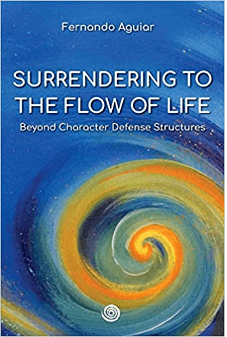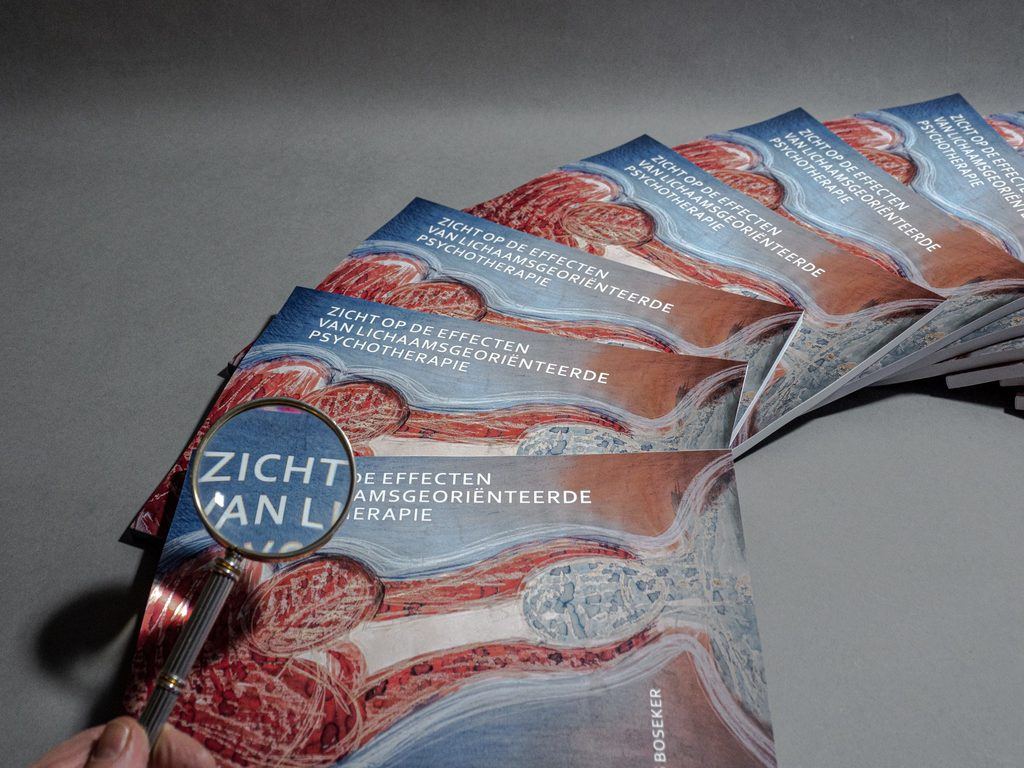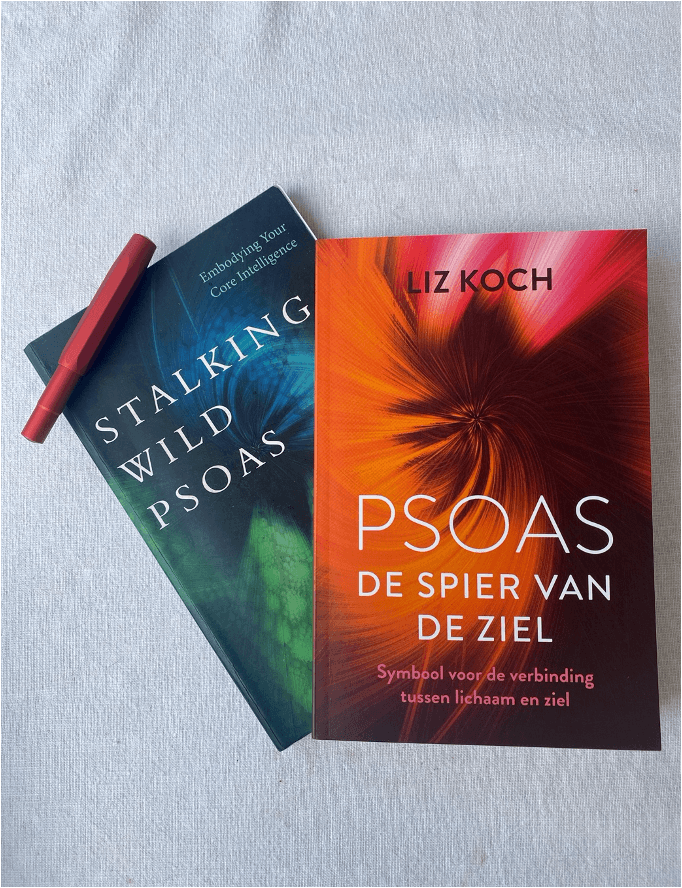What moves you?
Core 5 final paper, Beth Elliott, Institute of Core Energetics New York.
An interesting paper about movement as diagnosis and as process supporting tool. Take your advantage of this!
ABSTRACT: This paper, written in the time of COVID 19, is an overview of the Laban/Bartenieff Movement System (LBMS) and its usefulness in Core Energetics practice as an instrument for observation and transformation. An introduction to the overarching concepts of LBMS is provided, with an emphasis on the use of the body’s relationship to Space as an indicator of one’s state of mind. Ten movement experiences are provided as a gift to the Core Energetics community for use in personal movement practice or one-on-one client and group work. Excerpts of personal process concurrent with the writing of this work illuminate the inner thought process of the author.
What Moves You – Core 5 Final Project Paper – 2021 06 23 for CSF
‘This Might Hurt’…
…is the title of a film about curing chronic pain caused by medically unexplained symptoms like: restless leg syndrome, fibromyalgia, repetitive strain injury (RSI), tinnitus, irritable bowel syndrome. See the trailer of this film: https://www.thismighthurtfilm.com
The film is about a science-based program, the Emotional Awareness and Expression Therapy (EAET). EAET sees a relationship between emotions and chronic pain. This program helps patients in 5 steps to unlearn their brains to reduce or even eliminate the chronic pain. One of the steps is doing emotional processing.
The founder and director of this program, Dr. Howard Schubiner from Providence Park Hospital, Southfield, Michigan, USA, did several surveys about the efficacy of EAET. See here this Review: ‘Emotional Awareness and Expression Therapy for Chronic Pain: Rationale, Principles and Techniques, Evidence, and Critical’.

Book review: Surrendering to the flow of life
Subtitle: Beyond Character structures
Author: Fernando Aguiar, Brazil 2020
Translated by Tracie Shannon Houlihan, 2020
Review in Portugese and in English
Reviewer: Thaís de Queiroz e Silva
Body Therapist – Core Energetics
Master Physical Education, UnB – Brazil
Graduation Physical Education and Social Communication, UnB – Brazil
Website: www.corefeminine.org
Summary
Surrendering to the Flow of Life: Beyond Character Defense Structures was first published in Brazilian Portuguese (2019). It is the result of a 5-year research by the author, Fernando Aguiar, in which he used different therapeutic and meditative practices to observe the flow of vital energy in his own body and consciousness. The author writes in the first person and clearly and objectively exposes the intimacy of his findings in relationship with the flow. He defines flow as “listening carefully to the organism, what it needs, what is moving or seeking to move”.
The book has two parts, the first one explains the main concepts, and the second describes how surrendering to the flow happens in workshops and in an in depth experiential group. The theoretical part focuses on character defense structures and how to move energy in search of flow. It uses concepts from Core Energetics, TRE – Trauma Releasing Exercises and Pathwork. Chapters 4, 5 and 6 seem to be the heart of the book, in which “beyond the character structures” is presented in a 180-degree rotation: the author discusses the stages of development not from the childhood trauma and defenses perspective, but through the lens of the free flow of Structuring Intelligences and the adaptive quality of human development. He points out that each Defense Structure has its origin in an Intelligence that is available to be integrated by the child throughout development. In adulthood, the transformation happens as we reconnect to the free expression of the Intelligences. Continue reading



